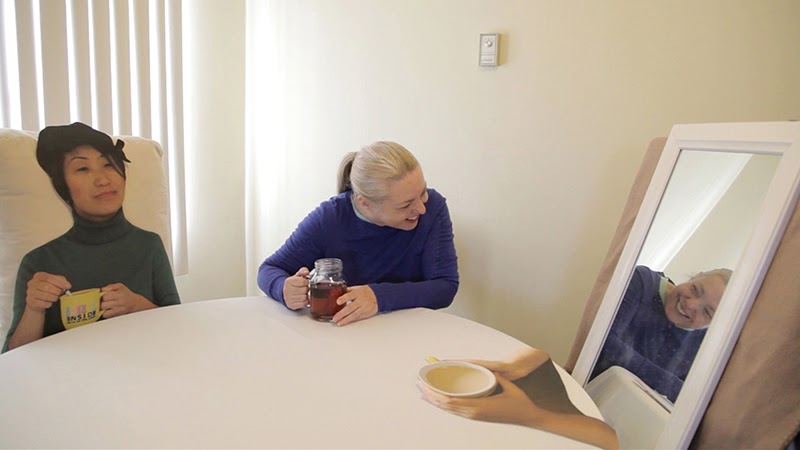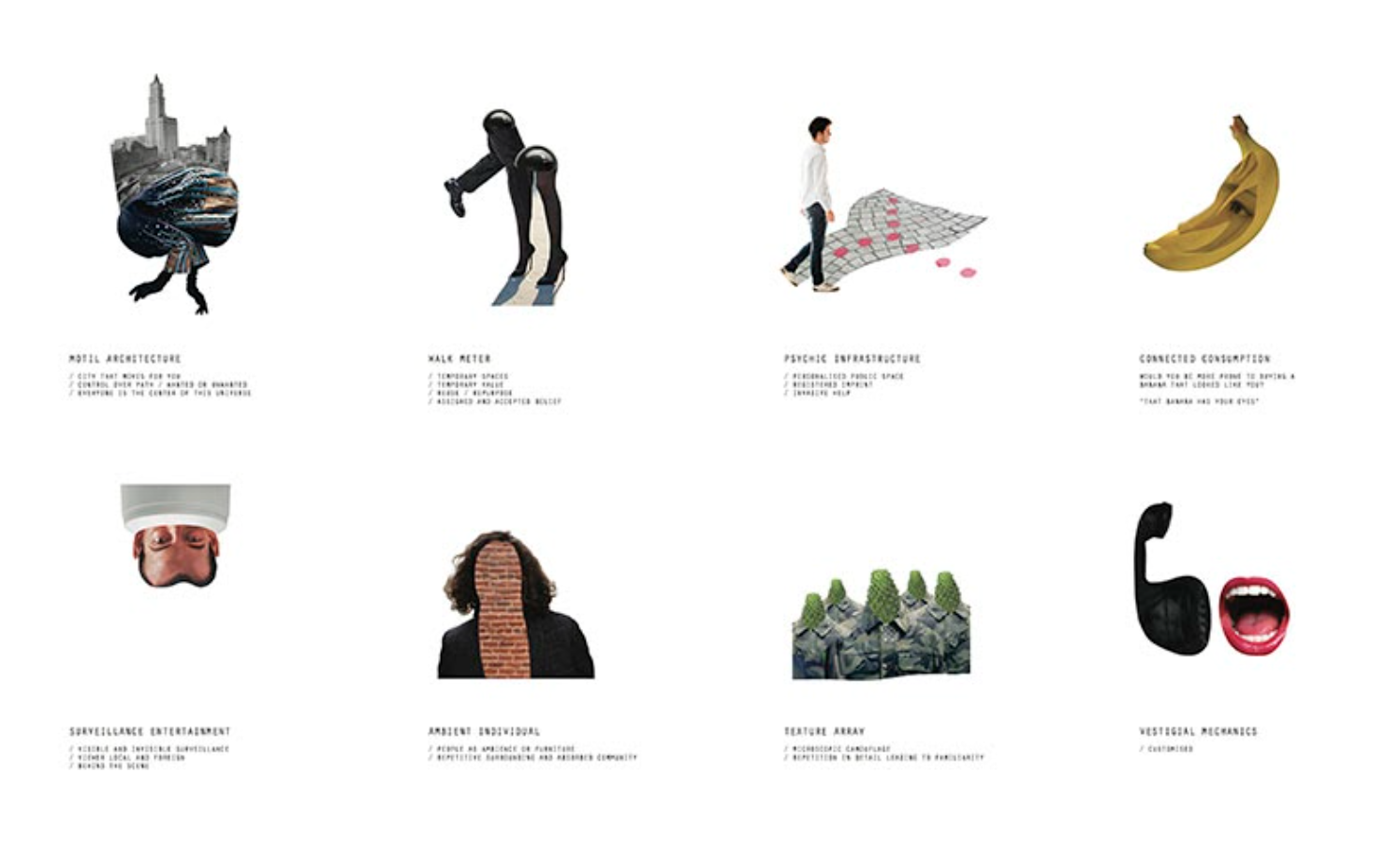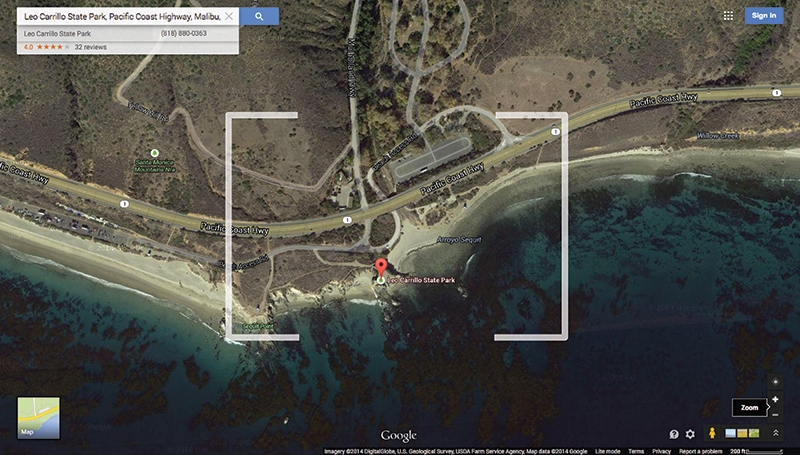On the side, I think (and talk) about ways of making digital infrastructure more relatable, accessible and fun with a focus on our evolving definitions of presence, sensing and sense making.
My work explores experiences at the intersection of design and emerging technologies through speculative design and tools investigating evolving definitions of presence, sensing and sense making.
Automated Artists, 2020-ongoing
Artist inspired chrome extensions*
Accessible On Kawara
Today’s date in web accessible color combinations formatted to On Kawara’s Today Series
Skylight à la Turrell
Skylights reflecting the weather outside mimicing Turrell’s First Light
*Links to come
Artist inspired chrome extensions*
Accessible On Kawara
Today’s date in web accessible color combinations formatted to On Kawara’s Today Series
Skylight à la Turrell
Skylights reflecting the weather outside mimicing Turrell’s First Light
*Links to come




Cyborg Futures, 2017
An experiment in alternate ways of sensing the world around us.
An experiment in alternate ways of sensing the world around us.


Future of Telepresence, 2014
A series of investigations on mediated encounters, proxies and telepresence.
A series of investigations on mediated encounters, proxies and telepresence.



Retail Futures (Saatchi & Saatchi / Toyota), 2013
An investigation on nested consumer spaces and our evolving relationship to them as a participant and viewer.
An investigation on nested consumer spaces and our evolving relationship to them as a participant and viewer.

Human Rover, 2013
An experiment in alternate ways of sensing the world around us.
How can structured scientific systems be used to discover an alternative understanding of a known environment?
The Human Rover is a terrain mapping human-device that travels across Los Angeles, collecting specimens via the sensorial capacity of each of the four units. These unity: the visual (Walton as eyes), auditory (Gregorio as ears), olfactory (Shawn as nose) and tactile (Divya as touch) each form a unique map of the natural landscape through their limited, specialized lens.
The Rover captures highly specific data at a large scale. Data has been collected by mimicking the highly systematic and rigorous behavior of the Mars Rover to discover the unexpected in the mundane familiarity of the natural geography of Los Angeles. These data-logs were articulated and visualized by each Rover unit through individual prints that complete each other to form a whole alternative map of a seemingly alien landscape.
An experiment in alternate ways of sensing the world around us.
How can structured scientific systems be used to discover an alternative understanding of a known environment?
The Human Rover is a terrain mapping human-device that travels across Los Angeles, collecting specimens via the sensorial capacity of each of the four units. These unity: the visual (Walton as eyes), auditory (Gregorio as ears), olfactory (Shawn as nose) and tactile (Divya as touch) each form a unique map of the natural landscape through their limited, specialized lens.
The Rover captures highly specific data at a large scale. Data has been collected by mimicking the highly systematic and rigorous behavior of the Mars Rover to discover the unexpected in the mundane familiarity of the natural geography of Los Angeles. These data-logs were articulated and visualized by each Rover unit through individual prints that complete each other to form a whole alternative map of a seemingly alien landscape.


How to Spot an Alien, 2010
A narrative on being an "alien" in society.
A narrative on being an "alien" in society.